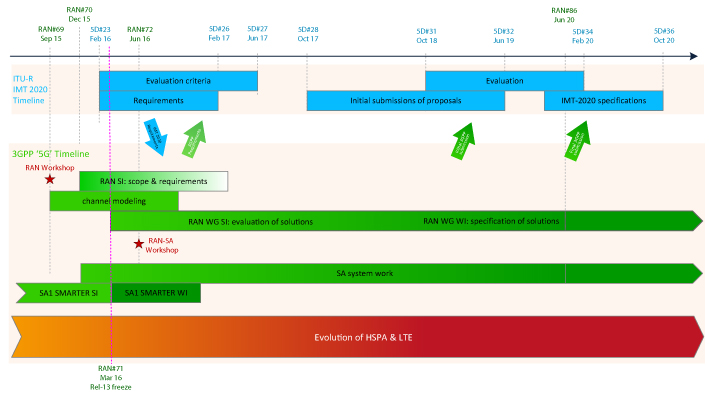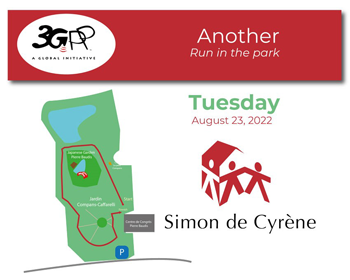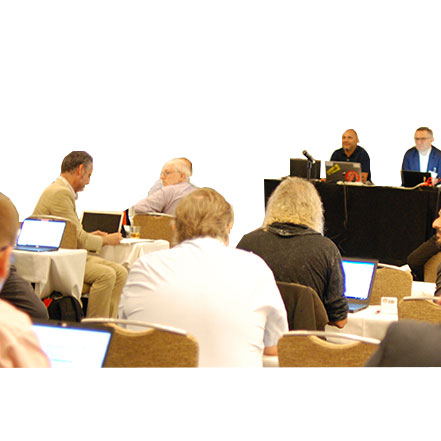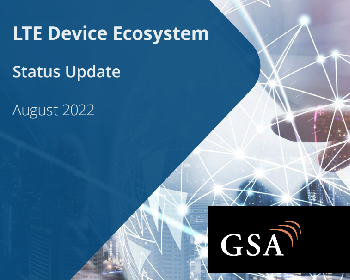Tentative 3GPP timeline for 5G
March 17, 2015
By Dino Flore, Chairman of 3GPP RAN and Balazs Bertenyi, Chairman of 3GPP SA
Last week, 3GPP endorsed a tentative timeline for the standardization of next generation cellular technology, also known as “5G” [1]. The tentative timeline is shown in the picture below. This article briefly summarizes some of the key milestones and how the work is expected to proceed in 3GPP working groups.
IMT 2020
As part of the “5G” discussion, 3GPP is committed to submit a candidate technology to the IMT 2020 process recently triggered by ITU-R [2]. From the perspective of IMT 2020, the key constraints are given by the following two submission deadlines:
- Initial technology submission by ITU-R WP5D meeting #32, June 2019
- Detailed specification submission by ITU-R WP5D meeting #36, October 2020
For the latter deadline, 3GPP has decided to submit the final specifications at the ITU-R WP5D meeting in February 2020, based on functionally frozen specs available in December 2019. This early submission will allow enough time for the transposition of the specifications by the Organizational Partners of 3GPP prior to their own submissions into the IMT 2020 process before October 2020.
RAN study
The discussion in the radio working groups will start with a TSG RAN study to identify:
- (1) Requirements of IMT 2020
- (2) Scope & requirements of the new radio
The requirements in (1) will drive the IMT 2020 submission to ITU-R (which may include LTE), while the requirements in (2) will drive the design of the new radio (in parallel to ongoing LTE evolution).
Tentatively, the RAN study will be approved in December 2015. The bulk of the requirements should be agreed in the first six months of the RAN discussion to guide the work in the working groups. The RAN study may remain formally open until the corresponding ITU-R task is closed. During the study, RAN will import the relevant IMT 2020 requirements and add its own requirements. Based on the discussion, it is also possible that RAN will provide feedback to ITU-R on the IMT 2020 requirements or the evaluation framework.
RAN workshop
Before the approval of the RAN study, a workshop will take place so that companies can share their views on the next generation radio technology and the work required by RAN.
The workshop will take place on Sep 17-18 in Phoenix, US.
Tdoc request deadline: Monday 31.08.2015 5pm CEST
submission deadline: Wednesday 02.09.2015 midnight Pacific time
3GPP members:
Please register and contribute via http://webapp.etsi.org/MeetingCalendar/MeetingDetails.asp?mid=31885
Non-3GPP members:
Registration: Please provide first name, family name, company name, email address to 3gppMembership@etsi.org
Contribution: Please send an email to Joern.Krause@etsi.org
See also: http://list.etsi.org/scripts/wa.exe?A2=ind1508B&L=3GPP_TSG_RAN&F=&S=&P=1160
Discussion in RAN Working Groups
The discussion would tentatively start in the Working Groups after the RAN plenary meeting in March 2016, when Rel-13 is scheduled to freeze. If Rel-13 is delayed, then the start of the discussion in the WGs may also be delayed, unless it is decided to schedule additional sessions in the WGs in parallel to the ongoing work on LTE evolution.
Operation above 6 GHz
The “5G” work will include operation above 6 GHz. Because of that, it is also clear that some channel modeling effort will be required in RAN. Various channel modeling efforts are ongoing in the industry and RAN may choose to leverage some of this work. What needs to be developed by RAN vs. what can be imported from external organizations is not clear at this time and will be discussed further by the companies.
As channel modeling can take time, the work should start a bit earlier to achieve sufficient progress by the time Working Groups start to discuss next generation radio technologies. In order not to impact the Rel-13 work, this channel modeling task will occur in an ad-hoc, parallel, session of the RAN1 Working Group. This effort is likely to start in Sep. 2015. In the first quarter, RAN will identify the key bands of interests. After that, the actual channel modeling discussion will move to the ad-hoc session of RAN1.
Releases & Phasing of the work
No further assumptions are made at this stage on the exact schedule of the technical work beyond the IMT 2020 deadlines. In particular no assumptions are made concerning:
- The number and exact timing of 3GPP Releases encompassing the IMT2020 submission schedule
- When & in which release there will be the first set of “5G” specs and what will be the target content
Following the RAN workshop and by the time work starts in Working Groups, 3GPP will provide a clearer view on the above considerations.
Coordination between RAN and SA
A new system / architecture may be needed for “5G” and will have to be developed in close cooperation between RAN and System Working Groups. In particular, the definition of the new system / architecture will be based on two potential sources of requirements:
- Radio requirements established by RAN
- Service/System requirements established by SA1/SA2
The SA1 discussion on service requirements has already started with the SMARTER Study Item. The discussion on the system requirements / architecture may start in SA2 in Dec. 2015.
To establish a clear work-split between Working Groups on system / architecture aspects, it is anticipated that we may have a joint workshop between RAN and SA in H2 2016.
Note: As was the case with the previous generation - 3GPP does not intend to explicitly use the term “5G” when the work starts. “5G” will remain a marketing & industry term that companies will use as they see fit.
References
[1] SP-150149, “5G” timeline in 3GPP
[2] RP-150041, ITU-R WP5D liaison statement to external organizations on the detailed WORK PLAN, TIMELINE, PROCESS AND DELIVERABLES for the future development of IMT
Contact for this article: Kevin FLYNN, Marketing and Communications Officer, 3GPP



 3GPP News
3GPP News



